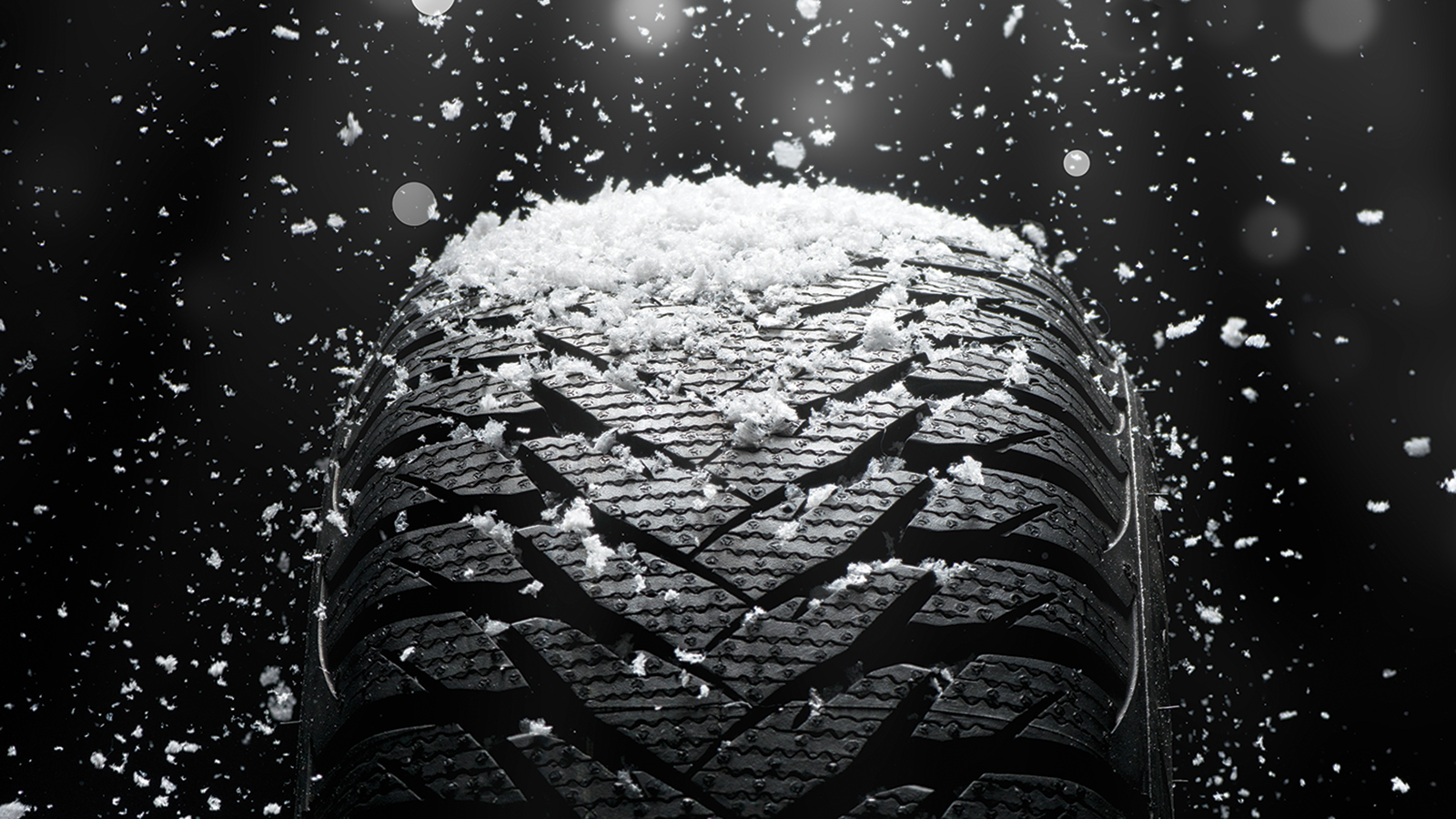Fitting your vehicle with winter tires is the most important step you can take to improve performance and safety for winter driving. In Alberta, that often means winter tires are the safest choice for up to half the year!
New vehicles are generally sold with what used to be called “all-season” tires, but which are now more appropriately named three-season tires. They provide optimal traction in wet or dry conditions in mild weather, but when the temperature dips below 7 C, the tires’ rubber compound starts to lose its pliability and therefore its grip on the road.
Likewise, the three-season tread pattern offers limited bite on snow- or ice-covered pavement. Braking distances rise sharply, and it becomes harder to steer your vehicle accurately through a corner.
The winter tire difference
Winter tires, on the other hand, are designed for seasonal conditions. They’re made from a rubber compound that remains flexible at sub-zero
temperatures, while a more aggressive tread pattern has dozens of sipes—small, wavy gaps—to boost traction. Some winter tires also incorporate metal studs to further increase grip, especially on ice.
These features make a difference. According to Matthew Plant of AMA Rewards partner Kal Tire, the company’s test results have shown that in icy conditions, winter tires cut braking distances by up to two car lengths (nine metres) compared to three-seasons.
MORE TO READ
How to gain confidence for driving on winter roads
All tires that are certified for winter driving feature the Three-Peak Mountain Snowflake design on their sidewall. Increasingly, the mark is
also found on “all-weather” tires, which perform similarly to winter tires but can be used year-round. The downside of these tires, however, is that they typically have a shorter tread life and aren’t quite as grippy in extreme conditions.
Making the choice
“Though winter tires aren’t mandatory in Alberta, AMA has long encouraged their use in order to improve safety for all road users,” says Brandon Klassen, a supervisor with AMA automotive services.
If you already have a set on rims—and live in Calgary, Edmonton, Sherwood Park, St. Albert, Grande Prairie, Medicine Hat, Lethbridge or Red Deer—you can book an appointment for AMA’s Mobile Tire Change Service to put on your winter tires right in your driveway. AMA Insurance also offers winter-tire users a discount on their premiums.
If you don’t have winter tires, now is the time to think about getting them. Review independent tire tests online, keeping your usage in mind. For example, do you expect to drive mostly on snow-covered rural roads, or cleared but cold city streets? Consider studded tires if you spend the majority of your time on ice or highways.
MORE TO READ
Why studded winter tires may be the right choice for your vehicle
Ultimately, you want to select the best tire you can afford that suits your needs. If you have especially large wheel rims or very low-profile tires, you could downsize to a smaller steel wheel. As a result, the tire may be cheaper and the taller, narrower tire shape will help cut through deep snow. (If you opt for smaller steel wheels, remember that the overall outer diameter must be largely unchanged to avoid problems with calibrating your odometer.)
If you have questions, seek advice from a reputable tire retailer like Kal Tire. AMA members save 5% on the purchase of a new set of tires from the Kal Tire’s 73 locations across Alberta.
